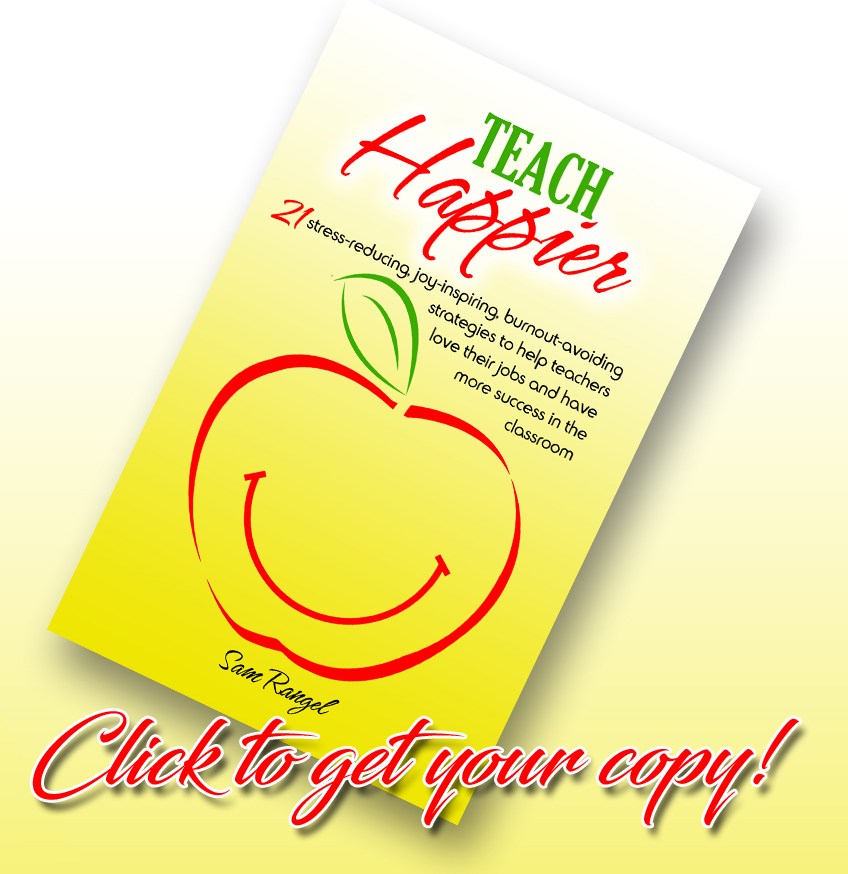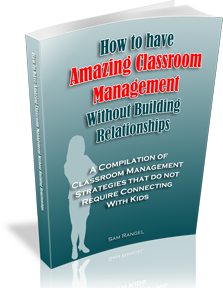I had a conversation recently with a colleague, and we agreed that in order to have a classroom with fewer behavior problems, all teachers have to do is enforce two rules: respect yourself and respect others.
I remember having a poster in my room that listed all the rules of my class. It had rules like: Don’t talk when the teacher is talking; Don’t come late to class; Keep your hands and feet to yourself, etc.
It never worked, because student never saw the relevance of the rules, and I never reviewed the rules after the first day of school
I believe, however, that we can’t just eliminate those rules posters and replace them with one that reads: Respect Yourself and Respect Others.
Why?
Because students don’t know what these two rules mean.
Try asking any of your students the question, “What does Respect Yourself mean?”
I’m pretty sure they would have a difficult time with the answer. I think many adults may have a difficult time answering this question.
What I would suggest is creating some kind of poster that focuses on these two rules, but which also offers suggestions of how and why these two rules should be followed.
Here’s what I mean:
Respect Yourself
1. Don’t miss out on any learning by being late to class.
2. Display how smart you are by making sure your homework and classwork are complete to your best ability.
3. Keep your good reputation by doing your own work.
4. Since how you speak demonstrates your intelligence, make sure your language is appropriate for school.
Respect Others
1. Allow others to learn by letting them focus on the teacher and not you.
2. Share only positive comments about others (or their family members).
3. Don’t create extra work for others by not cleaning up after yourself.
4. Value other people’s property as you value your own.
These are just a few examples of rules that can be included on the poster, but you get my point.
A teacher can go over these rules and explain the concept of respect in a deeper way, offering personal stories or opening it up for a class discussion. Students can even offer their own examples of rules that can be added to the list.
Many of your most-likely-to-get-in-trouble students haven’t grasped the concept of respect yet. I know. In my position as administrator, I’ve had many discussions with students who have been sent to me for poor behavior, and once I explain to them how they disrespected the teacher or another student, they understand why they were sent to me.
Teaching students to respect themselves and to respect others is important, but for most students, offering specific examples that they can relate to will go a long way to make those rules more meaningful, which in the long run will make for a smoother year for the teacher.
I would also suggest that a teacher review these respect rules periodically to just keep the concept fresh in the students’ minds.
Most school discipline issues, I’ve found, are based in some issue of respect or lack of it. If we can impress on our students the importance of showing respect to adults and each other, I believe we can have fewer behavior problems in the classroom.
Respect goes both ways, however. Even we adults have to be conscious about how we respect or disrespect our students, but that’s for another post.
Until next time,
Here’s to your Success in the Classroom,
Thanks,
Sam
Download your copy of my new book, “How to Nail the Teacher Interview: What school administrators are looking for in a new teacher” Click Here!




Love this poster! Is there way to purchase a copy of it for my classroom?
Thanks for sharing!
Twitter @mrsd5107
Hello Catherine,
Thanks for the comment. I’ll work on creating a printable version of the graphic. I’ll make sure my face isn’t on it. : )
This is very similar to what I use, but I try to keep it as positive statements–what students SHOULD do instead of what they should NOT do. For instance, instead of saying “Don’t be late” I say, “Arrive on time.” Being positive makes a big difference.
Good point John. Keeping things positive is the key. Thanks for the comment.
While it’s true that that the idea of RESPECT should prevail in the classroom and in the society in general, I’m assuming that this can be adapted obviously in any classroom like in a shops class, a phys-ed ,or in a choir class or even in classrooms where collaboration or working in teams is predominant. This is where I’m experiencing some difficulty. What would the idea/concept of “Respect” mean in the context of collaboration? I know that I will need to show them what it looks like, what it sounds like, and feels like.
I implement two rules in my classroom, which has a laboratory setting.
1. We will be accountable for our safety and the safety of others.
2. We will provide positive contributions to our learning.